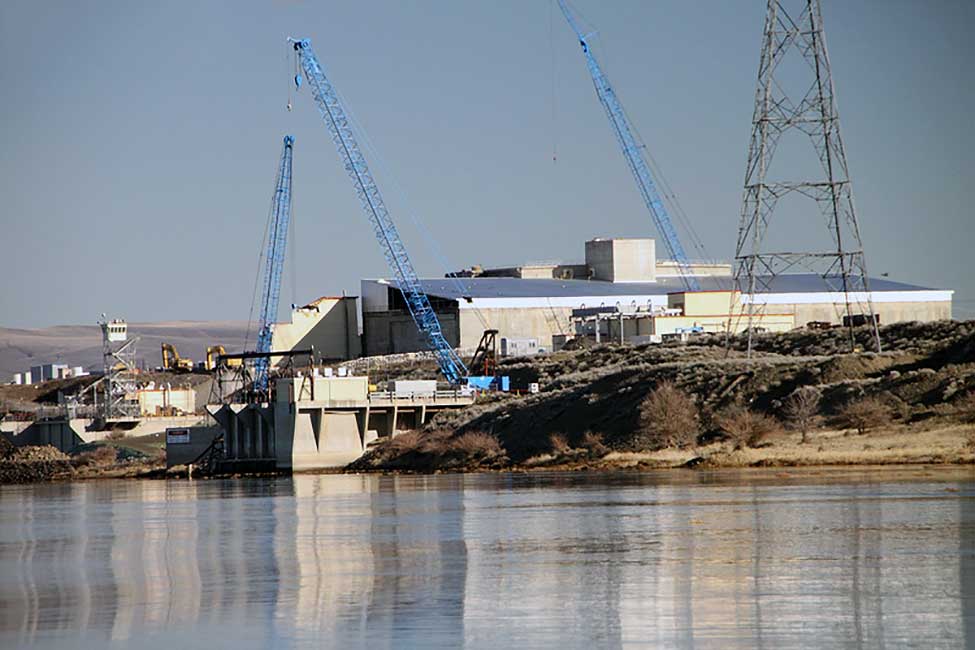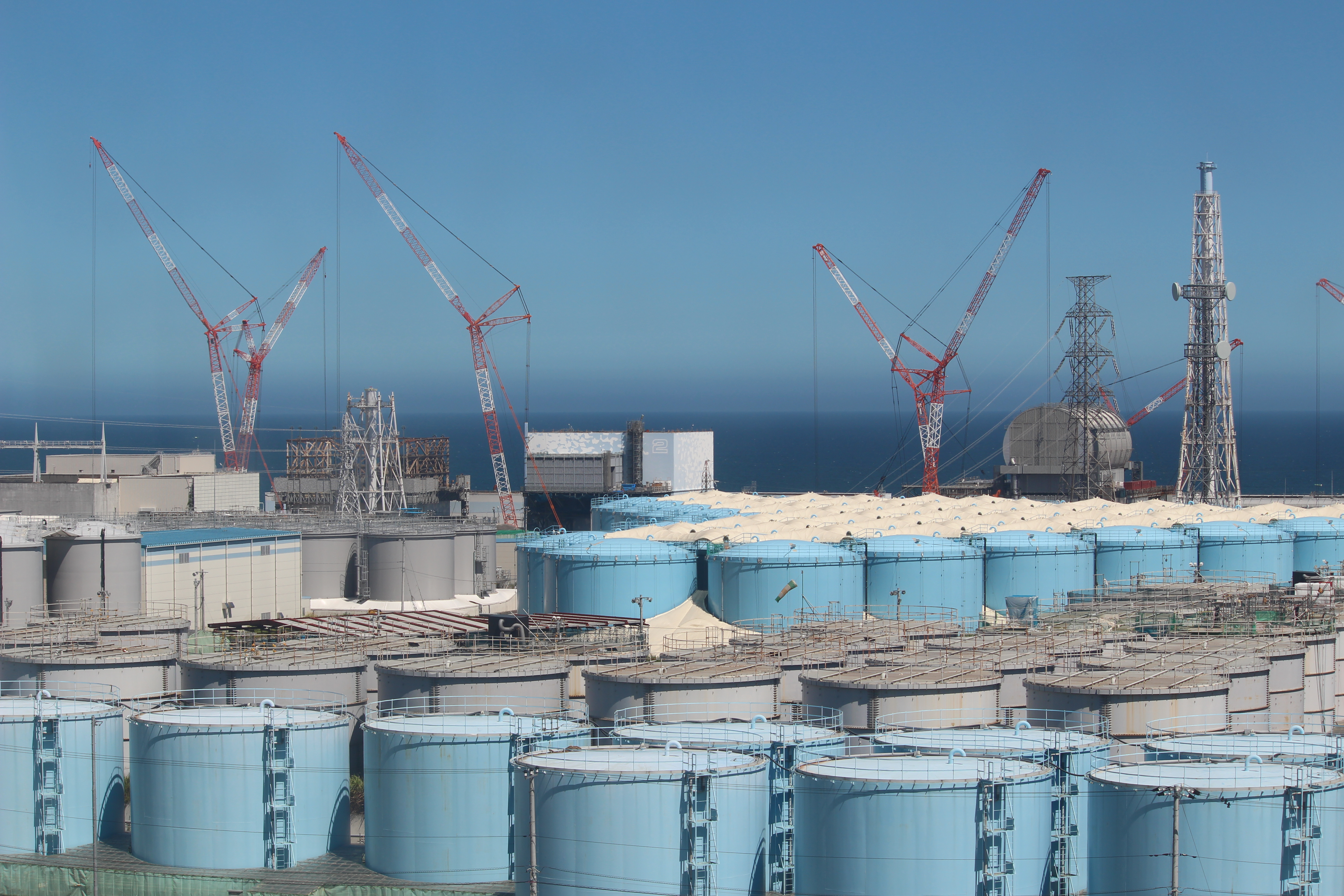For more than 40 years, Bechtel has been helping governments tackle critical radioactive and chemical clean-up efforts at more than 500 contaminated sites across the world — including Fukushima, Three Mile Island and Chernobyl. We also helped the U.S. Department of Energy address radiologically contaminated water and keep people safe. We support customers trying to address contamination due to accidents, acts of terrorism, or natural disasters.
Hanford
During World War II and throughout the Cold War, southeastern Washington state housed a vast complex of nuclear reactors and processing facilities that produced plutonium for atomic weapons. The Hanford Site was decommissioned in 1987, but its nuclear and chemical waste remains. The Waste Treatment Plant will render it safe in the form of glass logs inside stainless steel canisters.
In the first phase of operations, WTP's Low-Activity Waste Facility will produce about 1,100 containers per year, to be stored permanently at the Hanford Site. That is expected to begin in 2023.
Later, WTP's High-Level Waste Facility will vitrify waste with higher radioactivity. Those canisters will be destined for a to-be-determined national repository.
The complexity of the waste presents unprecedented challenges. Bechtel has collaborated with the Department of Energy, academia, national laboratories, and the nuclear industry to deliver the treatment complex.
Fukushima cleanup support
Bechtel continues to support Tokyo Electric Power Company (TEPCO) with their cleanup effort at the Fukushima Daiichi site in Japan.
The 17-month study involves engineering studies to investigate alternative water treatment technologies than those currently operating at the site.
In 2011, a 49-foot (15-meter) tsunami, triggered by a powerful offshore earthquake, caused extensive damage to the Fukushima Daiichi nuclear power plant located 102.5 miles (165 kilometers) north of Tokyo.
Over the past two years, Bechtel has collaborated with TEPCO on a series of tests to optimize existing water treatment strategies and develop solutions for the treatment of future waste streams as the customer continues to stabilize the site and progress clean-up efforts.



